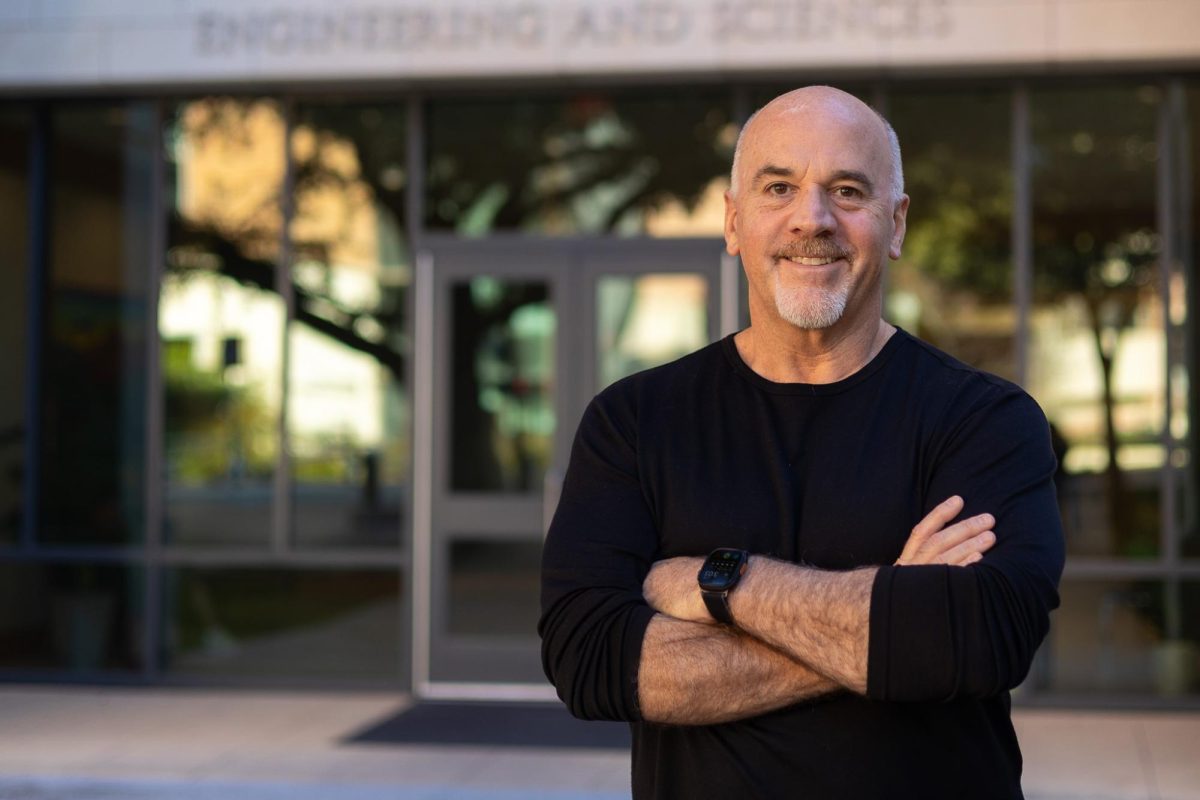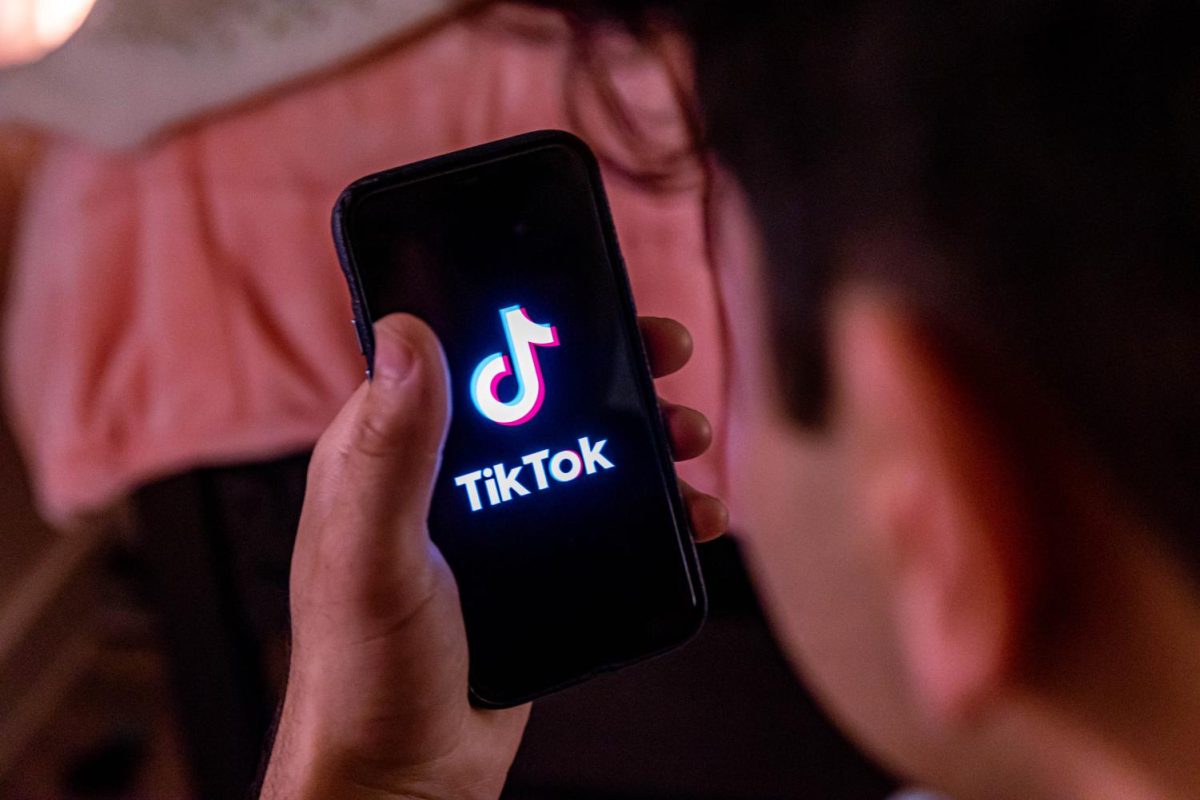Advanced research and groundbreaking discoveries earned the UT System a seventh place ranking in Reuters’ top 100 list of “World’s Most Innovative Universities,” according to a Tuesday press release.
The UT System received the award based on the total amount of patents filed and their overall impact, according to Jenny LaCoste-Caputo, UT System executive director for public affairs.
“The rankings validate extraordinary discoveries from the UT System’s 14 institutions, which are leading to new cures, better treatment options, new technologies and increased scientific knowledge that make our society better,” UT System Chancellor William McRaven said in the press release.
The System’s institutions take a collaborative approach through interdisciplinary research programs, according to LaCoste-Caputo. They focus research on science, medicine, engineering, energy, transportation and business.
Through applied and clinical studies, the System produces publications, assists patients and educates more than 217,000 students.
“The UT System has some of the greatest minds in the world, and those minds are being put to incredible use,” LaCoste-Caputo said. “Whether it’s fighting cancer, protecting the world from cyberthreats or outsmarting an outbreak, we’ve got the best and the brightest working for us from across the globe.”
Transformational research and consistency of patents contribute to the System’s innovational success, according to the press release.
”The System receives a U.S. patent every two days, signs a commercialization agreement every three days and starts a new company every nine days,” LaCoste-Caputo said.
The annual operating budget for the System is $16.9 billion, while research expenditures total $2.7 billion, according to the press release. Federal, state, local and private sources provide $3 billion in funds for sponsored programs.
LaCoste-Caputo said the UT System plans to continue producing patents and promoting innovation as a leader in many fields.
“We will continue to transfer groundbreaking discoveries in the laboratory into the marketplace for commercial use,” LaCoste-Caputo said.





















